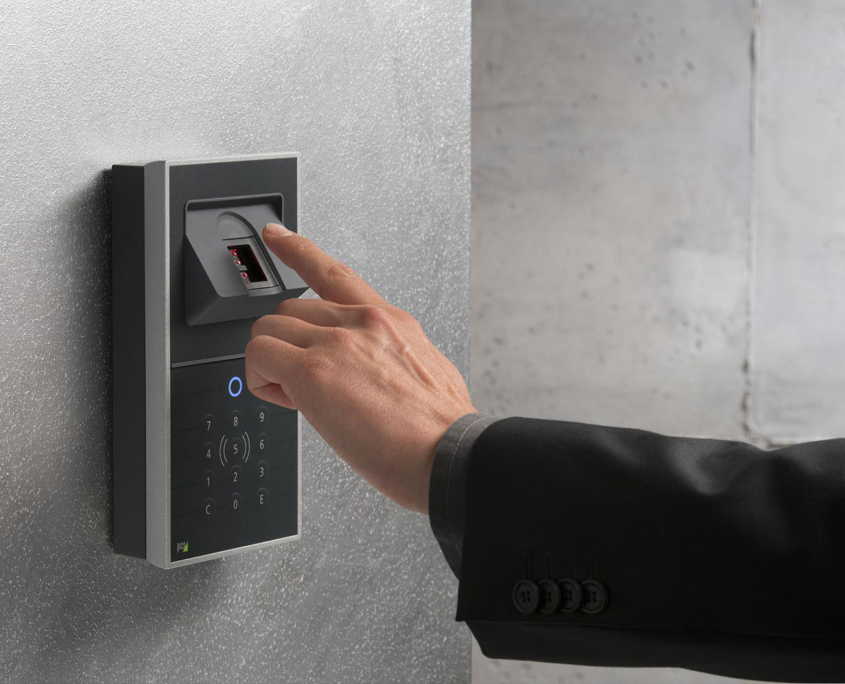Biometric Identification
Biometric technology has the characteristics of uniqueness, free to carry,and noteasy to be lost, damaged or imitated. From physical appearance such as face, iris,fingerprints, etc., to biometrics such as voice, finger veins, behavior pattern, etc.,can be used as a method of identification.
Technical Description
Facial recognition, the most common access control system today, is criticized for being vulnerable to imitations, masked pretenders, or pre-recorded videos. By optimizing the identification system through artificial intelligence, it can strengthen the identification of whether it is a real person, wearing a mask or recording a video in front of the camera to enhance information security.
Finger vein identification is also one of the current development trends. The fingers and palms are irradiated with infrared rays to show the distribution of veins and blood vessels, and biometric identification is performed by their appearance. Compared to fingerprints, it is more difficult to copy and more secure.
Fatigue Driving Detection
Studies have shown that vehicle drivers start to feel fatigued after 2 to 3 hours of continuous driving, or lack of sleep leads to a decline in reaction and decision-making ability, which in turn increases the accident rate. Therefore, the prevention and warning of fatigue driving is very important.
Using the detection system equipped with biometric technology, by monitoring the driver’s facial information, it can determine whether the driver is in a state of abnormal eye closure, distraction, nodding, dozing or chatting. When the driver’s situation that may affect the driving safety is detected, it will actively warn the driver and passengers, which can effectively prevent fatigue driving and reduce the occurrence of accidents.
Lie Detection System
Lie detectors in the past mainly rely on the changes in language, expressions, movements or physiological phenomena caused by people’s lying. However, can changes in breathing and heartbeat detected during lie detection be used as evidence for speaking? Or is it just that the subject is worried about being wrongly accused? Or was it caused by nervousness, stress, or trying to recall?
The emergence of artificial intelligence has brought a new direction to lie detection technology. Through video monitoring of facial micro-expressions (small, involuntary facial muscles or eye movements), coupled with the artificial intelligence system with deep learning capabilities and the training of big data, the accuracy of lie detection can be continuously optimized.




